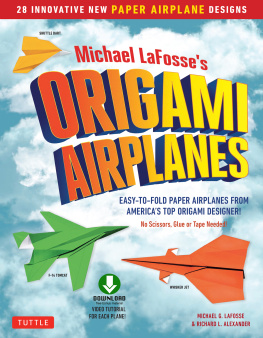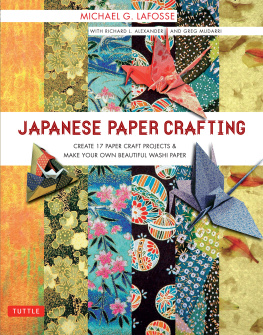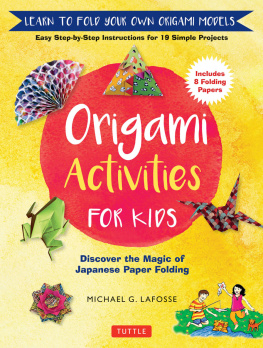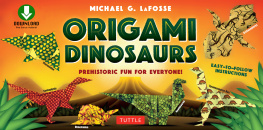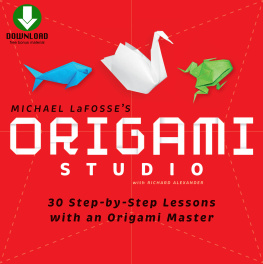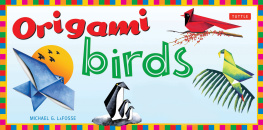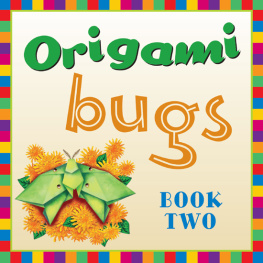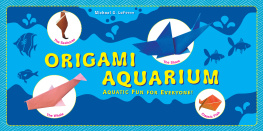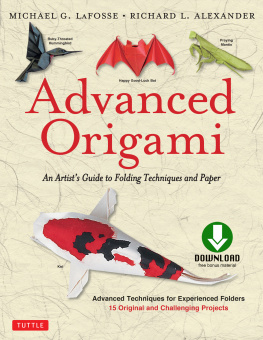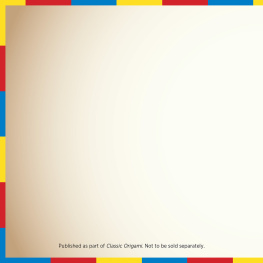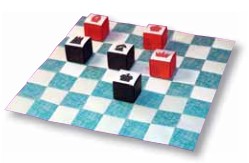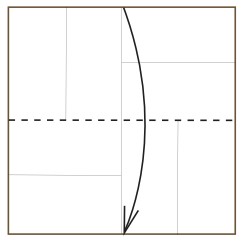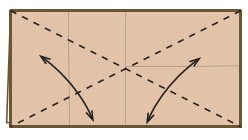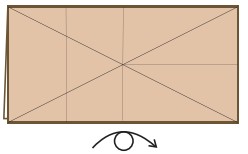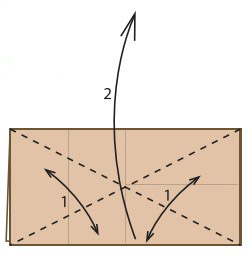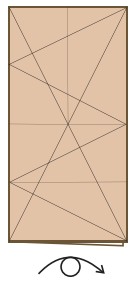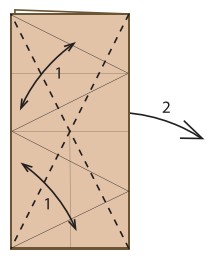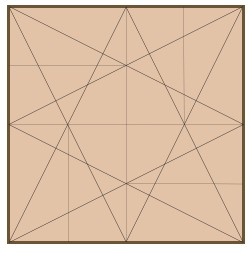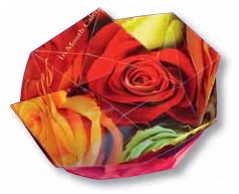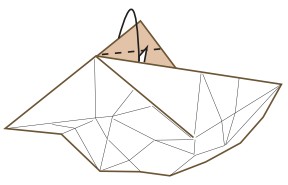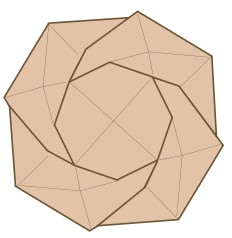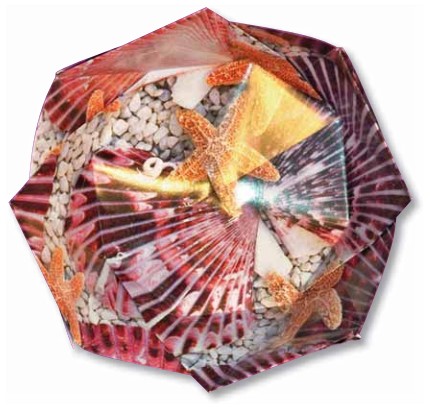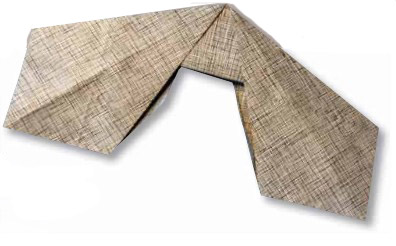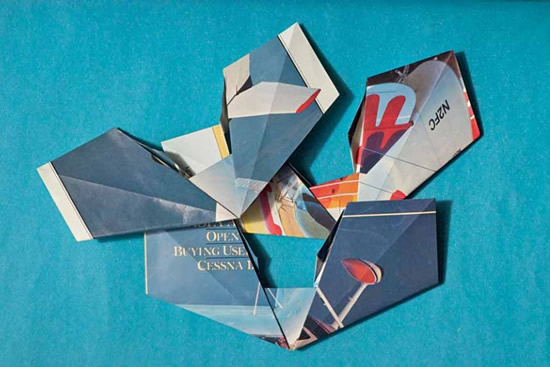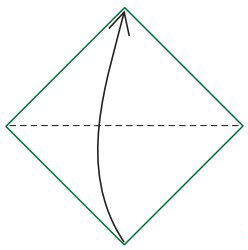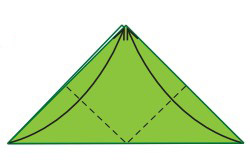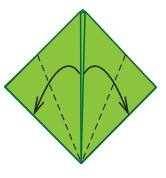Michael G. LaFosse - Trash Origami: 25 Paper Folding Projects Reusing Everyday Materials
Here you can read online Michael G. LaFosse - Trash Origami: 25 Paper Folding Projects Reusing Everyday Materials full text of the book (entire story) in english for free. Download pdf and epub, get meaning, cover and reviews about this ebook. year: 2010, publisher: Tuttle Publishing, genre: Home and family. Description of the work, (preface) as well as reviews are available. Best literature library LitArk.com created for fans of good reading and offers a wide selection of genres:
Romance novel
Science fiction
Adventure
Detective
Science
History
Home and family
Prose
Art
Politics
Computer
Non-fiction
Religion
Business
Children
Humor
Choose a favorite category and find really read worthwhile books. Enjoy immersion in the world of imagination, feel the emotions of the characters or learn something new for yourself, make an fascinating discovery.

- Book:Trash Origami: 25 Paper Folding Projects Reusing Everyday Materials
- Author:
- Publisher:Tuttle Publishing
- Genre:
- Year:2010
- Rating:3 / 5
- Favourites:Add to favourites
- Your mark:
Trash Origami: 25 Paper Folding Projects Reusing Everyday Materials: summary, description and annotation
We offer to read an annotation, description, summary or preface (depends on what the author of the book "Trash Origami: 25 Paper Folding Projects Reusing Everyday Materials" wrote himself). If you haven't found the necessary information about the book — write in the comments, we will try to find it.
Make fun and functional origami out of your spare paper with this easy origami book.
Dont dump your wastepaper into the garbageits time to fold! World renowned origami artists and award-winning authors Michael G. LaFosse and Richard L. Alexander show you the way with Trash Origami. This origami book presents unique and fun projects from their Origamido Studio and from some of the worlds best paper designers, including Nick Robinson, Herman Van Goubergen, and Rona Gurkewitz.
The origami models are presented for the reader who may have little or no previous folding experience, making it a great origami-for-kids book and an effective way to learn origami. However, experienced paper folders will also be intrigued by the novel nature of the folds and the unusual materials involved. The origami designs are made from old calendar pages, candy wrappers, envelopes, newspaper, postcards, paper grocery bags and more. The accompanying DVD video tutorial will make the folding process clearer and aid folders of all skill levels. Also provided is a guide to everyday materials that have the most folding potential leaving readers inspired to design and display their very own trash origami.
This origami book features:
- Full-color, 95 page instructional book
- 25 unique origami projects
- Projects from top paper folding designers
- Clear, step-by-step directions
- Paper folding techniques and tips
- Accompanying instructional DVD
Get ready to look at the contents of your wastebaskets and recycling bins with a different sensibility. Youll never need to buy expensive origami paper again!
Origami projects include:
- Photo Cubes
- Candy Wrapper Butterflies
- Interlocking Flower Petals
- Custom-Bound Books
- And many more
Michael G. LaFosse: author's other books
Who wrote Trash Origami: 25 Paper Folding Projects Reusing Everyday Materials? Find out the surname, the name of the author of the book and a list of all author's works by series.

